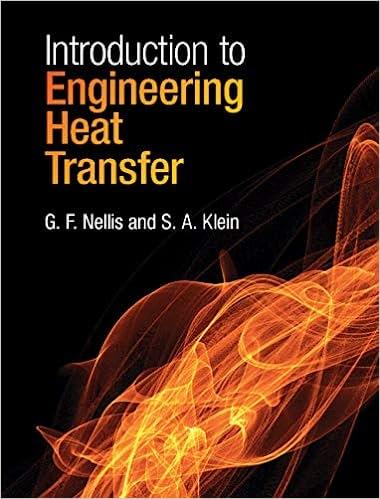Answered step by step
Verified Expert Solution
Question
1 Approved Answer
part b please Question 2 - Based on P16.27, Mott (25 marks) The figure (below) shows a device for clearing debris using a jet of
part b please 
Question 2 - Based on P16.27, Mott (25 marks) The figure (below) shows a device for clearing debris using a jet of air discharged from a nozzle. As shown, the jet is striking a cube-shaped object (density 1900kg/m3 ) sitting on the floor. Assume that in all cases that (i) the entire jet is deflected by the cube; and (ii) the cube slides rather than tumbles. (a) If the jet diameter is 38mm and the air velocity is 25m/s, what is the heaviest cube that could be moved? What are the dimensions of the cube? If needed, assume the coefficient of friction is 0.60. (b) If the jet diameter is 19mm but a water jet at velocity 5m/s is used (instead of air), what is the heaviest cube that could be moved? What are the dimensions of the cube? If needed, assume the coefficient of friction is 0.60. (c) If the water jet and cube from Part (b) are used here, but the cube is separated from the floor by a thin layer of canola oil (Newtonian: =915kg/m3;=84mPa.s ), at what steady-state velocity will be cube move? Assume the layer of canola oil separating the cube from the floor is 0.3mm thick. (d) If the water jet and cube from Part (b) are used here, but the cube is separated from the floor by a thin layer of ketchup (Bingham: =1150kg/m3;y=21Pa;p=30mPa.s ), at what steadystate velocity will be cube move? Assume the layer of ketchup separating the cube from the floor is 0.3mm thick 
Step by Step Solution
There are 3 Steps involved in it
Step: 1

Get Instant Access to Expert-Tailored Solutions
See step-by-step solutions with expert insights and AI powered tools for academic success
Step: 2

Step: 3

Ace Your Homework with AI
Get the answers you need in no time with our AI-driven, step-by-step assistance
Get Started


